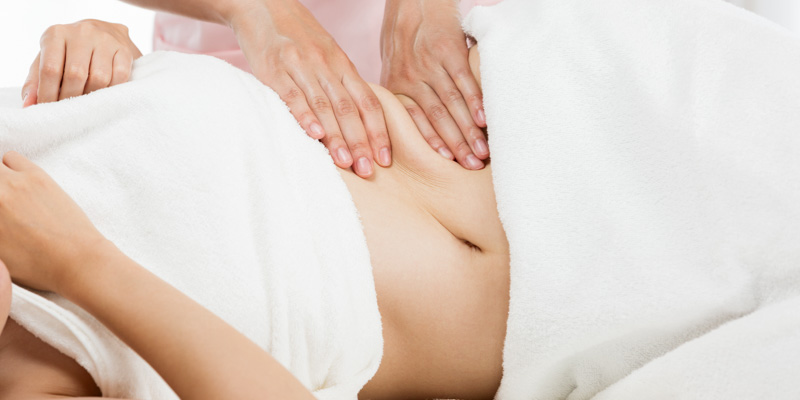
Post-workout routine is crucial to muscle gain, weight loss, and other yielding results while reducing delayed-onset muscle soreness (DOMS). It’s also key to maintaining optimum energy levels and optimal well-being.
Not following a proper post-workout routine can result in burnout and, worse, injuries. It also makes restoring your vitality harder, causing you to fail in sticking to your fitness plan and completing your day-to-day tasks.
To avoid that from happening, here are some post-workout tips that can help maximize workout benefits.
Static Stretching
Static stretches are typically controlled movements while standing, sitting, or lying. They’re called “static” (i.e., staying in one place without moving) since it only involves a body part near its furthest point and then holding that position for a few seconds. Doing so will help prepare the muscles, ligaments, and other soft tissues for performance and safety.
Static stretching is also one of the time-honored movements. Experts claim that the 30-second stretching rule is optimal for relaxing and preparing muscles to work. Any longer than this can impair explosive performance for at least 24 hours. For example, one study showed that static stretching for half a minute before running decreases running speed and overall performance.
Generally, static stretching is ideal for improving flexibility and range of motion (ROM) to improve movement before starting a workout. It’s typically done before dynamic stretching, an active stretch or movement where body parts aren’t held and go through a full ROM instead.
While static stretching is a must in a warm-up stretching routine, it’s also recommended for post-workouts. Cooling down helps your body recover much faster and lessens the chances of any aches from developing.
Post-Workout Meals: Protein & Carbs
Taking 10-20 grams of post-workout protein within two hours of your exercise session (if possible) is the basic recommendation to help the muscles recover. It may vary depending on one’s body weight and carbohydrate intake.
Carbohydrates are also needed to replenish the energy you have used. After working out, our muscle glycogen stores, the main metabolic fuel for the muscles, deplete because they’re used as fuel during the session. This depletion causes fatigue.
Without carbohydrates to refuel energy loss, the muscles will instead rely on glucose from the bloodstream. This lowers the glucose in the body. If there’s still no carb intake, the body may run out of glucose, causing disorientation, weakness, shakiness, and intense fatigue.
Apart from replenishing your energy, carbohydrates are protein-sparing too. That means the body looks to muscle glycogen stores for energy instead of breaking down muscle tissue. This helps prevent muscle loss and helps repair muscles.
When fueling up post-workout, the ratio of carbohydrates should be adjusted to protein. Consider the type completed, its intensity, and its duration. For example, recreational exercisers who do strength training for 30 to 45 minutes twice or thrice a week should have a 2-to-1 ratio of carbs to protein. This is around 20-40 grams of carbs and 10-20 grams of protein of their usual balanced meal containing carbs and protein, such as:
- chicken and rice
- yogurt and granola
- oatmeal and eggs
- a sandwich and milk
However, those who train longer need more carbs and protein. For example, those who exercise for 60 to 70 minutes at a higher intensity usually need a 200-calorie snack of carbs and protein. Those who train for up to four hours a day or more, usually serious athletes, should refuel rapidly and aim for snacks with more calories, carbohydrates, and protein.
Massage Treatment
Another way to help muscles recover is through massage treatment. A study in the Journal of Athletic Training suggested that receiving a massage as soon as possible after exercising can reduce inflammation, reducing DOMs by 30%.
Even if you’re suffering from DOMS, massages can help alleviate the pain by removing waste products, like lactic acid, that can cause muscle soreness and tightness. Massages can remove muscle pain by reducing tension and releasing hormones too.
Massage can also speed up cell recovery by increasing blood circulation and breaking down scar tissue. Removing waste products plays a key role in recovery as well. When cells recover fast, one’s recovery time also decreases.
There are several options for massage treatments. You may get it from a massage gun, a massage chair, a spa, or a specialized clinic, either for free or at an affordable price. For treating painful chronic sores (usually more than a week), it’s recommended to see a professional.
You may ask, does Medicare cover massage therapy? It doesn’t, unfortunately. The good news is that you may opt for Medicare Advantage plans to avail yourself of extended benefits, specifically massage therapy.
Rehydrate
Avoid dehydration at all times. Our bodies need water for several important reasons, including lubricating joints, regulating body temperature, and transporting nutrients in the body. In other words, dehydration can cause one’s body not to function optimally.
To avoid dehydration when working out, experts recommended the following:
- 2-3 hours before a workout session, drink 2-3 cups of water (16-24 fl oz)
- Every 15-20 minutes during a workout session, drink ½-1 cup of water (4-8 oz)
- Immediately after a workout, drink 2-3 cups of water (16-24 fl oz)
Final Thoughts
Opt for a post-workout recovery routine that shouldn’t only safely restore your energy levels and effectively rebuild your muscles. It’s also important that it can allow you to be fully rested whenever you feel you need it.
















